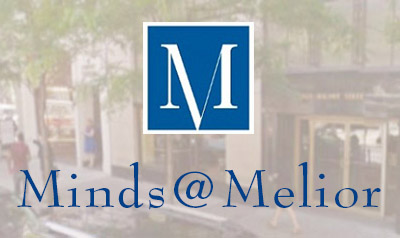The Soccer Field: Ground Zero of School Branding, Pt 2
In addition to the community soccer games that I discussed in my previous blog post, I also attend my children’s interscholastic games. We parents segregate ourselves by school, with “home” families on one set of truly uncomfortable bleachers, and “visitors” on another. I end up sitting with my children’s teammates’ parents, and I have learned that this “mono-scholastic” setting has the potential to be a contributor to, and a barometer of, a school’s brand.
Despite the fact that we are all on the same team, from what I have seen, the chatter about our school runs the gamut from positive to negative, from constructive to gossipy. Sometimes the information is firsthand, and often it is second or thirdhand, with parents sharing what they have heard through the grapevine (“the math teacher said WHAT to that child?” “It took HOW LONG for the principal to call you back?” “WHOSE contract wasn’t renewed for next year?”) It’s a witches’ brew of fact and fiction…and the pot surely gets stirred.
The Ripple Effect
Fast forward to the weekend soccer game of my daughter’s community team, when I am now sitting with parents from independent and public schools all over the area. As I described in my previous post, children’s schools are a hot topic of discussion. Parents compare and contrast the area schools, sometimes praising their own children’s schools, but just as often complaining about them. And this is where things get tricky for individual schools.
What I have learned is this: this new world of interscholastic and community sports – where parents feel they must attend the games but have lots of time to gab — has created a ripple effect. What may start out as an internal school matter quickly gets broadcast to the larger community. This is the point at which what’s going on inside the school begins to affect image and impressions among outside constituencies. In short, a school’s “brand” is affected by what its internal constituencies (parents, students, teachers, etc.) are saying about it.
So What’s A School To Do To Manage Its Brand?
Through research, The Melior Group has helped schools to gain a better understanding of what parents are saying on the soccer field and elsewhere, and how those stories are impacting a school’s reputation and brand. We work with our school clients to help them capture and organize the information that’s already rippling through the school community and beyond.
With insight into current and prospective parents’ attitudes and impressions, we help our clients to devise strategies for articulating a brand that is truly reflective of the school’s mission, vision and values.
In sum, the soccer field – both interscholastic and intercommunity – is truly the ground zero of a school’s brand. It is incumbent upon independent school clients to assess their brand, figure out how it got to where it is, and develop strategies to sustain a strong future.
For more information on Melior’s work with independent and religiously affiliated day schools, please contact Elizabeth Cohen at [email protected] / 215-545-0054 ext 103 or Linda McAleer at [email protected] / 215-545-0054 ext 104.

